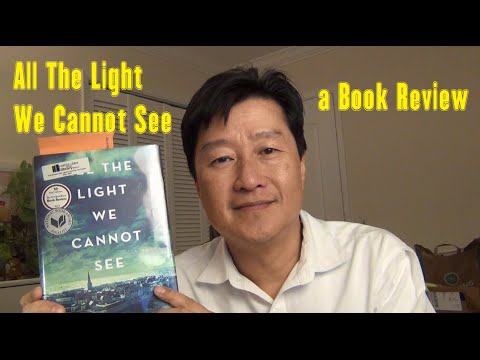Dr. Judy Melinek described her experience as a medical examiner performing autopsy on nearly 300 bodies in New York. She shared some personal experience as a daughter to a psychiatrist father, who committed suicide when she was only 13 years old. You can learn from her a few ways how a person dies and what happens afterward. Of course, you get to learn the forensic science on how to determine how a person dies and how to attribute to the root cause. As a person who’s always curious about deaths (one of my favorite HBO TV series is “Six Feet Under”), it’s a very fascinating read if you’re interested in that sort of things.
– The main reason Dr. Melinek decided to switch from being a surgeon to a forensic pathologist or medical examiner was to leave the 130-hr work week, which may result in hurting her patients. She couldn’t do it any more.
– “Decomps” or decomposition of human bodies when a person dies – the blow up of skin due to bacteria, the maggots, and etc., challenges a medical examiner in finding the cause of death.
– Dr. Melinek examined many suicide cases. Having experienced her father’s suicide, it gets very personal for her but she was willing to talk about it and confronting it, which is in a way therapeutic for her. I agreed that the committing suicide is a coward act but I sympathize without those suffering through depression and the family members who had to see the self destruction of their loved one.
– She distinguished the differences among the causes of death: “undetermined,” “homicide,” “accident,” “therapeutic altercation” and “natural cause.” The responsibility lies with the examiner in determining the cause correctly.
– A medical examiner doesn’t get to follow through the cases that came to their tables. When ruled as “homicide,” a detective must investigate. The frustrating one is one that she couldn’t find the cause – “undetermined.”
– Strange cases like headless man washed out on a river bank who turned out be a handicap with a serious gambling habit. Nonhuman parts like animal penis showed up for ID. There was a body without much blood – retracted back to the bone?! A bullet got flushed into the circulatory system and ended up far away from the entry point. An alcoholic woman fell off the stair and died – killed by her estranged husband? A hot-watered burned baby? A strange TRALI case, anti-body reaction to blood transfusion, was mistaken to be a drug junkie case.
– Working through the disaster of the World Trade Center collapses during September 11, 2001, Melinek had the first-hand knowledge of that human tragedy and the experience working through identifying the body parts for the living who remains. The gruesome scenes that she describes make a deep impression on me – the charred, decomposed body parts that they had to identify for almost 1,400 people out of the nearly 3,000 casualties. What a sad, sad tragedy! In addition, they had to contend with the threat of anthrax, the subsequent crash of AA 587 in Queens, NY within 2 months of the 911 and other rumors that made their work more difficult.
– I like this last quote of hers, “To confront death every day (she did more than 2,000 since), to see it for yourself, you have to love the living.” How true!






